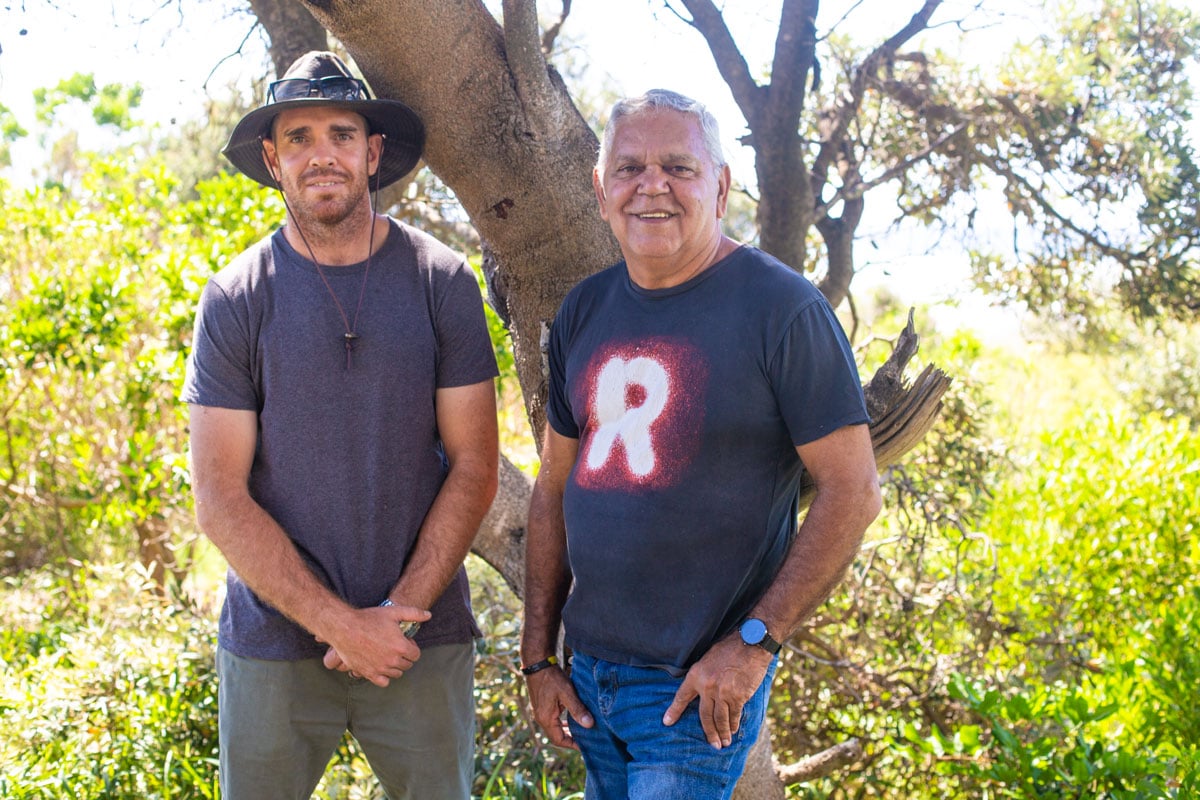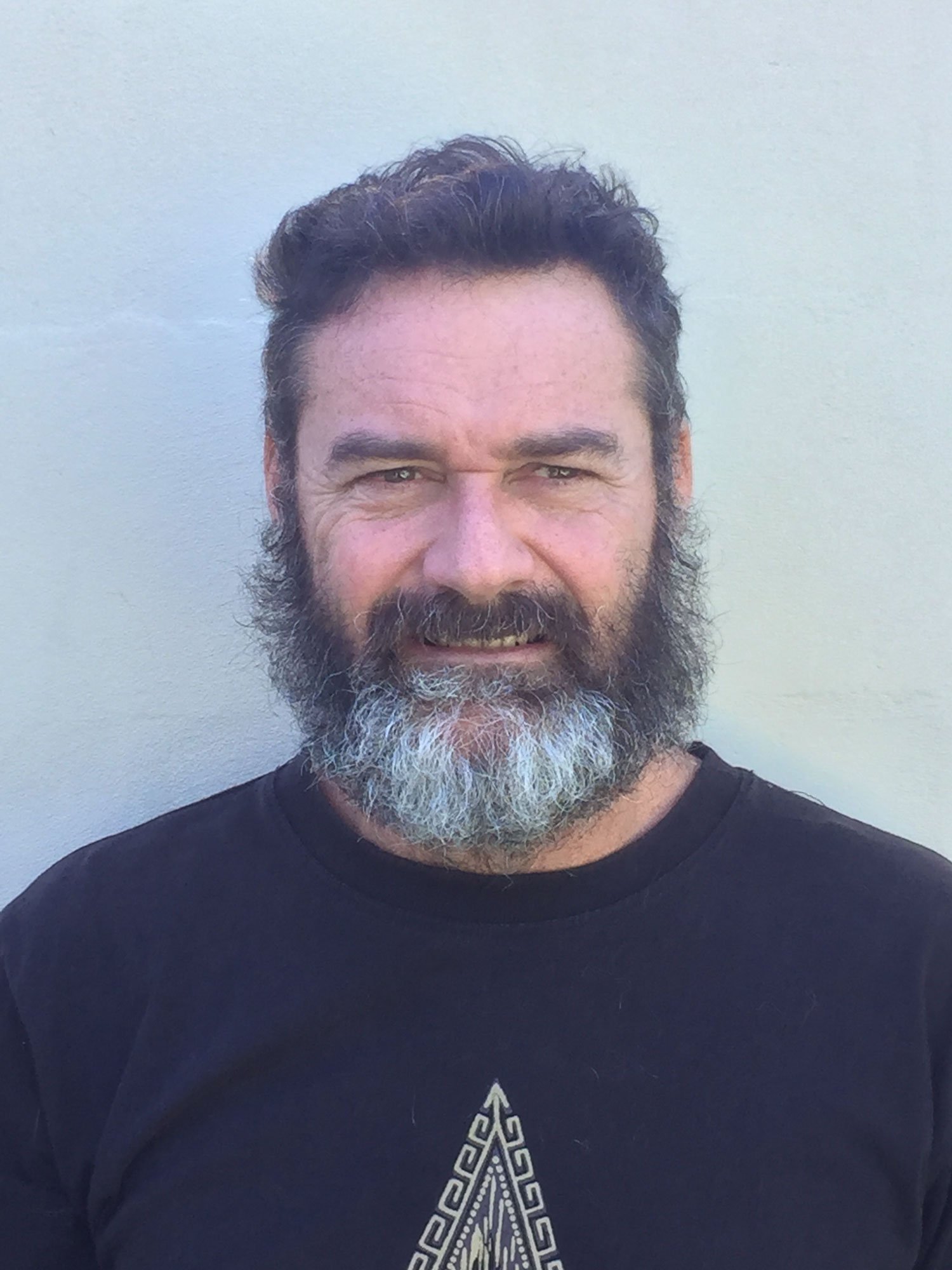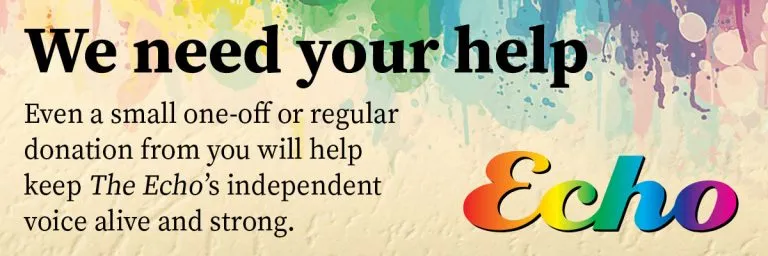Local author Steven Trotter took a punt on so many levels with his book The Magpie and the Snake, including giving up a secure job and mounting a Kickstarter.
Trotter says the story is a fresh look at Australian history for young readers. ‘The Magpie and the Snake is a modern Dreaming story, a love story handed down through the ages of Balagaan and Gawngan, who feature heavily in Bundjalung myths about forbidden love and brave feats.
Set in the Nyangbal mob’s country around Bullinaa, in what is modern-day Ballina in Northern NSW, the story takes place in the early 1820s and recreates the traditional lifestyle of Australia’s first people on the cusp of British invasion.
The magpie protagonist
Told from the perspective of the young protagonist, the tale weaves together stories of the Dreaming to reveal what life was like for the young adolescents of the Bundjalung nation at that time.
‘This book first came into my head 27 years ago and I haven’t been able to shake it,’ says Trotter. Rather than disappear over that time, it’s grown in me.’
Nyangbal fella Eli Cook was part of the group that Steven spoke to in preparing the book.

A lot of misunderstandings about First Nations culture
Cook who is a school teacher from the Ballina says there are a lot of misunderstandings with regard to First Nations culture prior to colonisation. ‘What is taught in the history books is not necessarily the truth. Many of us, have an ingrained sense of who First Nations people are based upon these misunderstandings. Today’s youth have a greater understanding of the truth thanks to literature such as Dark Emu.’
Cook says that stories line The Magpie and the Snake will act to continue drawing back the curtain on First Nations people thus generating a deeper understanding and appreciation which can only bode well into the future.
‘The more information out there that is based on real history, the more our misunderstandings and cultural bias can be broken down. To know who someone really is, you must understand where they have come from, their story. This is why it is easy for the broader public to understand anglo/European points of view. Their stories have always been told. Our stories are only just beginning to be told and the more that is shared the better off we will all be.’

Drawing from factual accounts and oral history
Drawing from factual accounts of the explorers and early settlers, interwoven with the oral history of the local indigenous people, the story describes their everyday lives at the time, from setting fishing traps in the crystal clear waters of what is now known as North Creek, to herding kangaroos and preparing to host the big festival held at Bullinaa every five years, which attracted thousands of participants from across the region.
Trotter says that there have been highs and lows in getting tis story ready to be published. Highlights have included the approval of the local mob. ‘Being asked by Lenny Moran to read a chapter at two local schools was a great, as was watching the kids’ hands shoot up with a million questions and then handing over to Marcus Ferguson and Ashley Moran (two Nyanbal men) to answer them.
Trotter also hopes to help Eli Cook and other local indigenous authors publish their books. ‘A dollar from every copy of my book sold is being put aside to help them get their works published too.’
An emphasis on First Nations characterisation
Cook says he is yet to read the entire novel however, the sections he has seen give him hope that there is a real emphasis on First Nations characterisation. ‘Very rarely do we see First Nations people/culture as the central character and theme of a text. Given that this story is targeted towards young people, perhaps it will allow young Indigenous people to see that our experiences are valued and our story is worth telling. Perhaps this will inspire the next generation of First Nations authors from our area.’
Cook says Trotter has spent many years researching and collating information to ensure that this story provides the absolute best representation of the Nyangbal clan.’ What has impressed me even more has been his willingness and eagerness to engage with Nyangbal people to ensure his story is true to who we are.
‘He has consulted over the use of our language and made sure that the end result truly justifies our people and our stories. Steve’s story delves into some of the unspoken truths of our region. A beautiful area with history of conflict and bloodshed inflicted during colonisation.’
A book that haunted the author
Trotter says that when the book first started haunting him in the 1990s he quit my job in Ballina and moved to Melbourne to learn how to write it. ‘I went to Holmesglen TAFE and lived in Chadstone for two years doing a Professional Writing and Editing course. I had a cleaning job but I was broke as anything. I slept on a blow up mattress, didn’t have a TV or a car, and if I could buy a Maccas 30c ice cream cone at the end of the week I was stoked. I finished the course but couldn’t write the book and ended up with depression. Thankfully I moved back to Ballina and the land shook the depression off me.’
Trotter says the book celebrates the rich culture of the time and carefully interlaces the practices, language and beliefs of the Nyangbal people of the time, working to make the unfamiliar more familiar and authentic for the reader, reminding us of the rich culture so decimated by colonisation.’ This is simply a story that needs to be told. The time is right for Australians to delve more deeply into their history and to reconcile the past with the present. The Magpie and the Snake helps do that.’
On the weekend Trotter’s Kickstarter project to publish the book was successful. ‘I can’t believe the energy around this book, everyone has been so supportive. It’s just fantastic.’
The book is available to buy from Trotter’s website: magpiepublishers.com.





Good on him. However, an author should know the meaning of decimated. Certainly when promoting his book.
I recently heard an indigenous women say “most of the illness around here is chronicle “